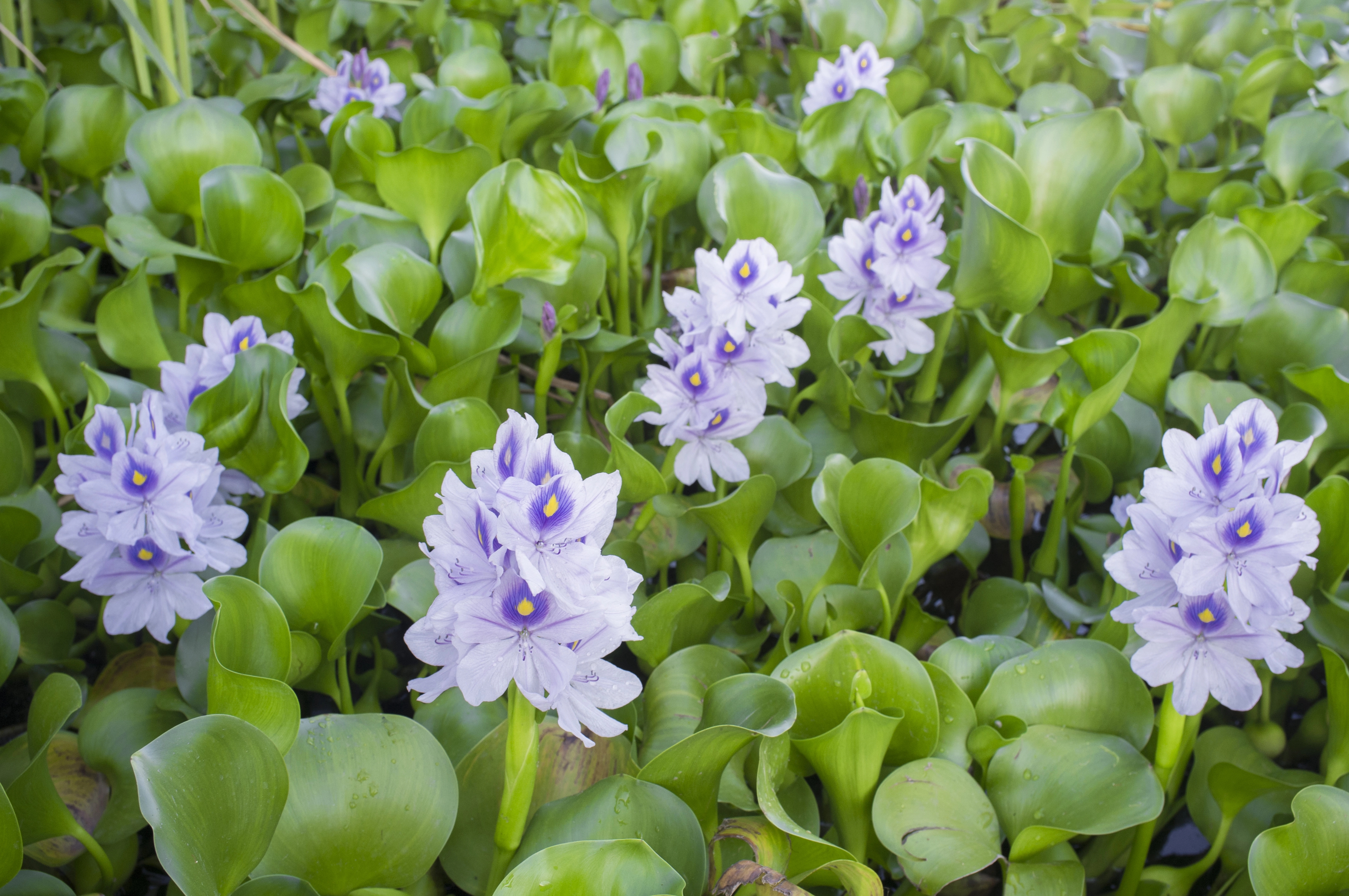By Brigitte Rodriguez, Publishing Associate: Researcher and Writer at Save the Water™ | September 09, 2024
Edited by Tenzin Saldon, Publishing Project Leader at Save the Water™
The rise in pollution from industrial operations has led to the widespread wastewater treatment issue. Traditional treatment methods have some limitations, such as cost, efficiency, and environmental impacts. New research shows an approach to using common water hyacinth for wastewater treatment. It not only absorbs pollutants but can also be used to generate biofuel.
What is Common Water Hyacinth?
Common water hyacinth, scientifically named Eichhhornia crassipes, is an aquatic plant native to South America. Due to its rapid growth, it is considered a highly productive aquatic plant used for wastewater treatment systems. However, this can be counterproductive if its biomass—plants or animals used as a energy source —is not controlled.
The main advantages of this plant are:
- Ease to double its biomass
- Economically feasible
- Eco-friendly
- Ability to absorb heavy metals (e.g. chromium and lithium)
Environmental Implications
The use of common water hyacinth offers significant environmental benefits, particularly in water purification. This plant is highly effective in absorbing a wide range of pollutants through a process known as phytoremediation. This technique facilitates the removal of heavy metals, and organic and inorganic pollutants.
Aquatic plants employ several approaches to achieve this. Among them include:
- Phytovolatilization: The adsorption of organic pollutants and heavy metals occurs through plant root surfaces. These pollutants are then volatilized.
- Phytoextraction: Organic pollutants and heavy metals are absorbed and stored in plant tissue.
- Phytoaccumulation: Organic contaminants and heavy metals are stored in plant tissue.
These processes not only help to clean the water but also contribute to the restoration of aquatic ecosystems.
Furthermore, a case study in Colombia emphasizes the effectiveness of common water hyacinth in treating domestic wastewater. The researchers used the plant in an artificial wetland system, where it played a vital role in oxygenating the water, decomposing organic matter, and absorbing excess nutrients (nitrogen and phosphorus). This process improved overall water quality and significantly reduced the risk of eutrophication. In the experiment, common water hyacinth’s biomass was placed in shallow water bodies, and its rapid growth allowed for efficient nutrient uptake. Water samples were analyzed over several weeks, resulting in a marked decrease in chemical oxygen demand (COD), nitrate, and phosphate concentrations.
Future Challenges and Limitations
Common water hyacinths show significant potential for innovative pollutant removal from wastewater, but it presents several challenges. One major issue is the variability in biomass, which can directly impact aquatic life and pose environmental risks.
Although common water hyacinth can absorb contaminants, there is still room for improvement in its efficiency in removing pollutants. To address these challenges, further research is essential to optimize both environmental and economic outcomes. This will ensure this plant’s efficient and sustainable use in water treatment.




